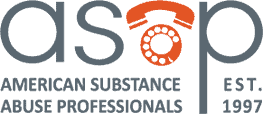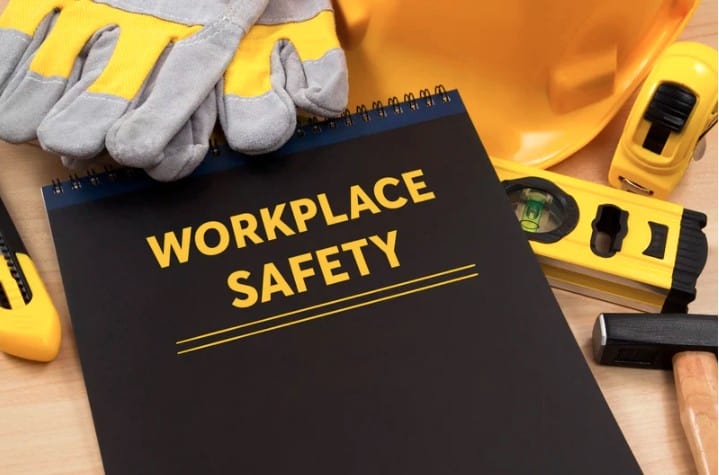National Drug-Free Work Week (October 13–17) is an opportunity to highlight the importance of creating workplaces that support safety, health, and recovery. A recovery-friendly workplace not only protects employees but also fosters trust, productivity, and long-term well-being.
According to resources from SAMHSA’s Workplace Kit [2] and Safety+Health Magazine [1], the foundation of a strong recovery-supportive environment includes:
✅ Written policy – Clear standards around substance use help set expectations, guide consistent responses, and ensure compliance with workplace safety regulations. [2]
✅ Supervisor training – Equips leaders to identify concerns early, address them appropriately, and offer support, fostering a safe and productive workplace culture. [2]
✅ Employee awareness training – Promotes education, reduces stigma, and empowers employees to access help when needed. [2]
✅ EAP + SAP Support – Customized substance use programs with qualified Substance Abuse Professional (SAPs) give employees a safe way to ask for help while setting clear boundaries for success. When EAPs and SAPs work together, everyone benefits. [2]
✅ Drug and alcohol testing – Ensures compliance and safety, while serving as a deterrence factor that encourages adherence to workplace policies and reduces risk in both regulated and non-regulated settings. [2]
As Samantha Lewandowski, senior director of the New Hampshire Recovery Friendly Workplace Initiative, reminds us: “If that culture isn’t in place, you make it so that person can’t come forward. Ultimately, that’s more dangerous.” [1]
This Drug-Free Work Week, let’s recommit to building cultures where employees feel safe to step forward, seek help, and return to work stronger. A workplace rooted in support, accountability, and structured recovery programs not only help individuals thrive but also strengthens the entire organization.
Did you know? “The number of people who worked full-time while in recovery from a substance use disorder jumped 44% in 2020 – to 468,000 from 326,000 the year before. Add to that 274,000 workers who are part-time.” [1]
References:
Safety+Health Magazine Article:
[1] Yario, J. (2025, September 28). The road to recovery – at work. Safety+Health Magazine. https://www.safetyandhealthmagazine.com/articles/27359-the-road-to-recovery-at-work
SAMHSA Workplace Kit PDF:
[2] Substance Abuse and Mental Health Services Administration. (2004, April 13). Drug-free workplace programs. https://www.samhsa.gov/sites/default/files/workplace-kit.pdf


